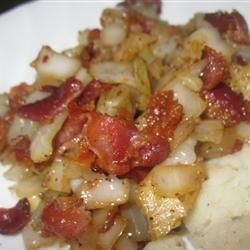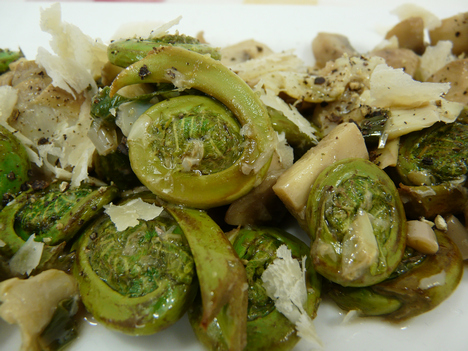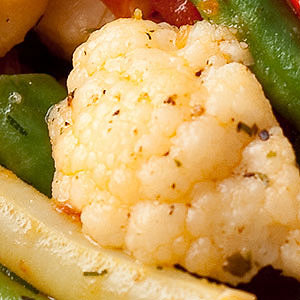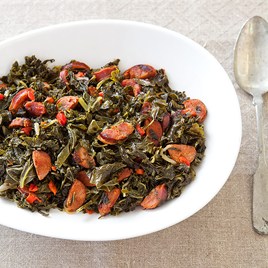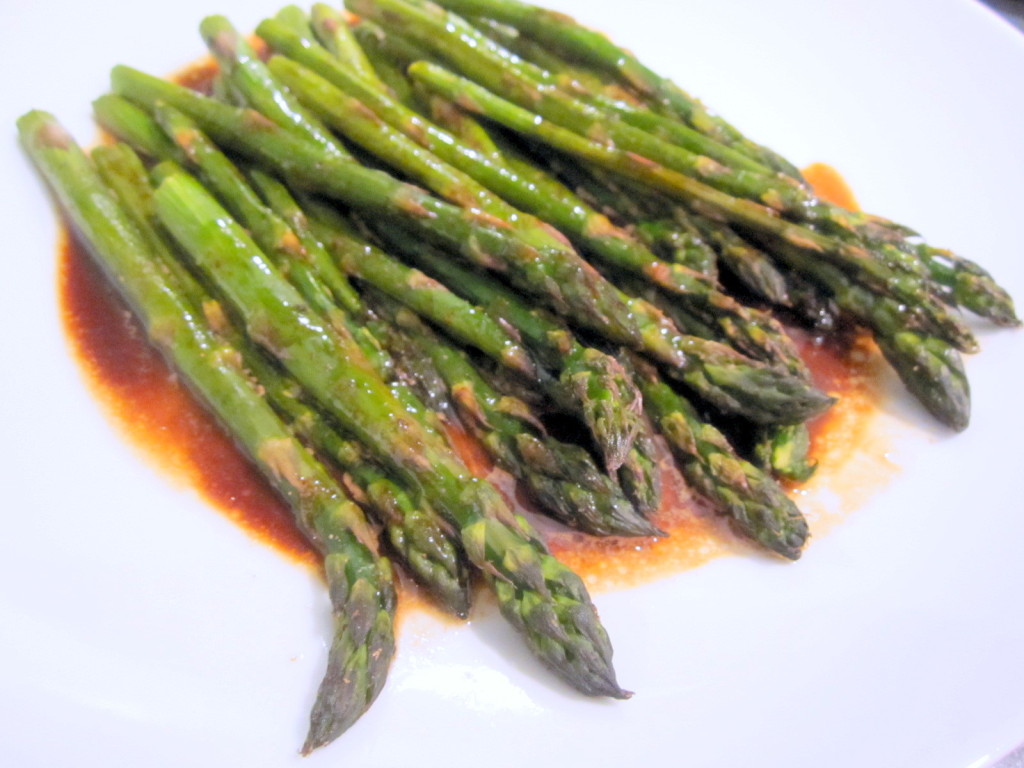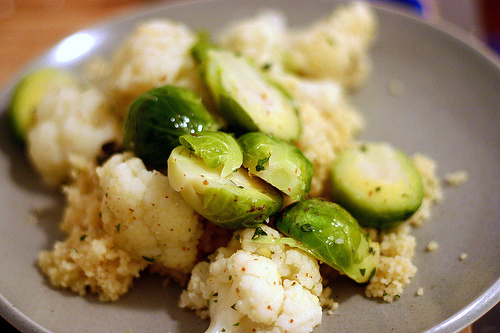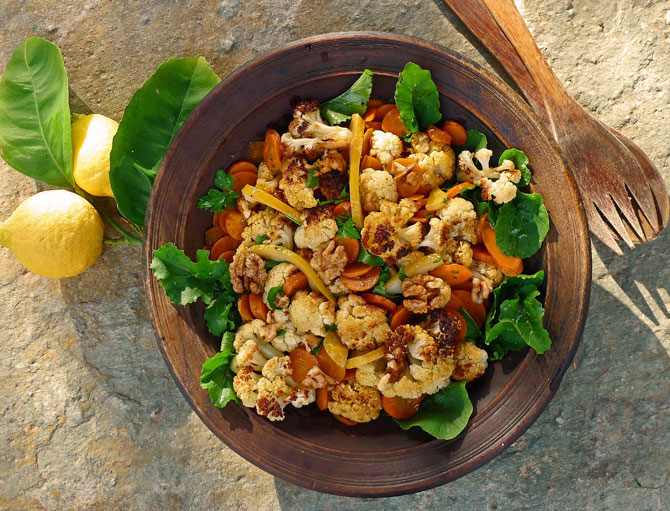 1 head cauliflower (about 3 pounds, 1 1/2 kilos)
1 head cauliflower (about 3 pounds, 1 1/2 kilos)
About 2/3 cup (150 ml) olive oil
Salt
2 lemons, preferably organic: 1 small halved, and cut into thin slices; and the juice from the second lemon, or more, to taste
Good pinch Maras or Aleppo pepper
2-3 sprigs thyme or oregano
3 medium carrots, thinly sliced
1 large, or 2 medium garlic cloves, sliced
3-4 anchovy fillets, drained
1/4 cup extra virgin olive oil
A handful torn arugula leaves
About 2 tablespoons preserved lemon cut into thin strips (optional)
2/3 cup toasted walnuts
Freshly ground pepper to taste
Preheat the oven to 375ºF. Divide the cauliflower into florets, cutting the tougher stems into small pieces. Place the florets and stems in a bowl and drizzle with half the olive oil, sprinkling with a little salt. Toss with your hands or with large spatulas then transfer to a baking pan lined with parchment paper. Insert the lemon slices between the florets, sprinkle with the pepper and scatter the thyme or oregano over the cauliflower. Roast for about 30 minutes, until the florets are fork-tender and start to caramelize. Discard the thyme and transfer the roasted cauliflower to a large serving bowl. Set aside the roasted lemon slices. While the cauliflower roasts warm the rest of the olive oil in a heavy skillet and sauté the carrots, tossing often for 3-4 minutes; add half the lemon juice and 1 tablespoon water and continue to sauté tossing often, until the juices are evaporated and the carrots are tender, about 8 minutes. If they need more cooking add another tablespoon of water and cook a bit longer. The carrots should be left with just olive oil. With a slotted spoon transfer the carrots to the serving bowl with the cauliflower. In the skillet add the garlic and toss a few times, with whatever oil is left, just to soften, then remove from the heat. In the bowl of a mixer or blender add the garlic, half the roasted lemon slices, the anchovies and the extra virgin olive oil and process to get a smooth paste. Taste and add the rest of the lemon slices, and more lemon juice if needed to get a dressing with a strong sharp-salty flavor. If it is too thick, add 1-2 tablespoons water.  Pour over the cauliflower and carrots, add the arugula and the preserved lemon, if you use it, and toss—preferably with your hands—then scatter the walnuts over the salad, and sprinkle with freshly ground pepper. Serve warm or at room temperature.



